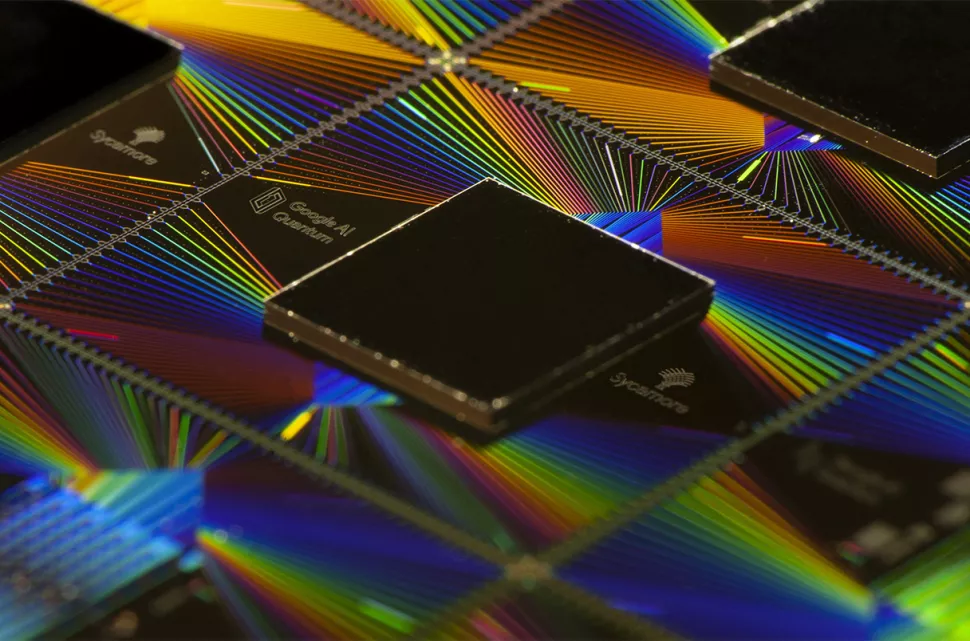With their Sycamore system, Google claimed to have attained the coveted quantum supremacy level of computing back in 2019. However, the GPU, which is today’s preferred accelerator, has just resolved the issue for which it made the claim. According to Science, despite having “only” 512 GPUs, Chinese engineers recently solved the same computational issue that earned Google the title.
This was accomplished by accelerating some clever modifications to the original algorithm. But the entire idea of “quantum supremacy” refers to the situation in which a quantum computer resolves a puzzle that a conventional computer would be unable to perform.
At the time, Google claimed that the computation that its Sycamore quantum computer crushed in 200 seconds would take the fastest supercomputer available at the time, the IBM-supplied Summit, an ungodly 10,000 years to solve. The same task took the Chinese team’s 512 GPUs fifteen hours to complete. It serves as yet another reminder that quantum computing and time are both relative, which is understandable given the relative youth of the technology.
The basis for Google’s assertion that it had quantum superiority was their identification of a pattern of interference in the qubit’s values. All current methods for quantum computing, which allude to how the environment and the qubit’s design and operation inject flaws into its calculations, are prone to decoherence since quantum computing is a temperamental master.
Google then extrapolated a result, demonstrating the pattern of the processor’s deviations from the precise, right values that it should be outputting, from these operational flaws and by running the identical algorithm through Sycamore for 200 seconds.
These variations happened as a result of the faults making some outputs more likely than others, and this pattern was eventually represented by a reproducible spiky graph. Google argued that its graphical depiction of the correlation between outputs and faults provided it the quantum edge. The Chinese scientists succeeded in producing this graph. To do so, they expressed the issue as a 3D matrix, which allowed their 512 GPU’s specialised tensor cores to solve it by simply multiplying the variables in the matrix.
The Chinese scientists were given considerable flexibility by Sycamore’s low fidelity; they simply increased the accuracy of their calculations to 0.37 percent. That’s sufficient to defeat Sycamore, but it’s still a long way from what is conceivably feasible. Sergio went on to say that “we don’t think this classical technique can keep up with quantum circuits in 2022 and beyond” due to this fact as well as the fact that quantum computing is still in its infancy.
Also Read:
Intel Raptor Lake shows better performance than Alder Lake CPUs in Gaming test








